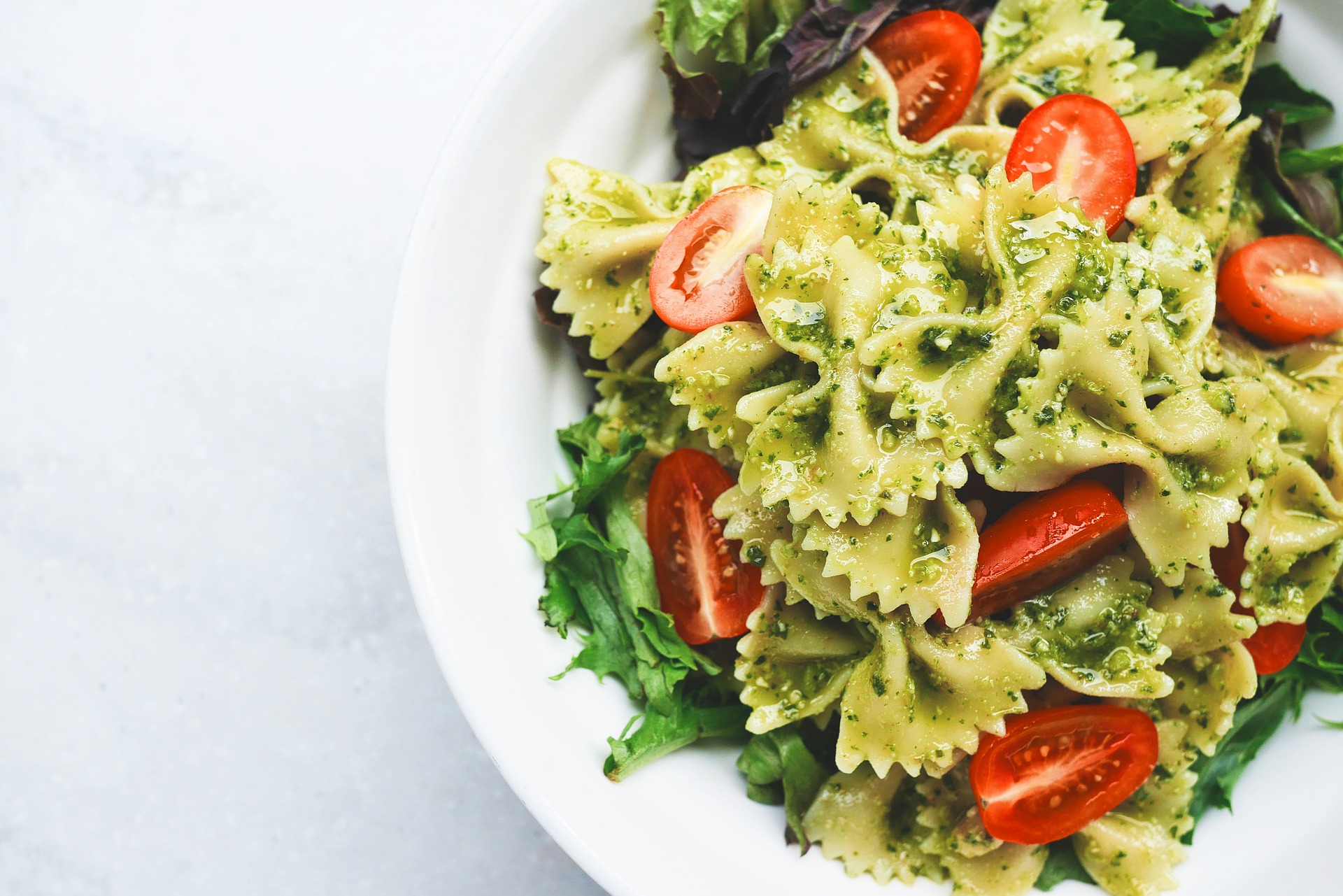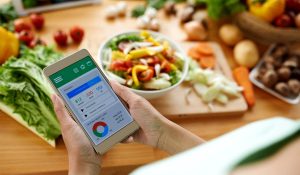
How Certain Carbs Affect Your Blood Sugar
Not all carbohydrates are created equal. Different kinds of carbs can have certain effects on your blood sugar and diabetes.
Simple vs. Complex
Carbohydrates are typically classified into two categories: simple and complex. Simple carbohydrates, like candy, soda, cookies, and white bread, are quick energy sources. Your body breaks them down quickly because they don’t contain many nutrients. That’s why you may find your blood sugar spike after you eat a slice of white bread toast or munch on a bowl of ice cream.
On the other hand, complex carbohydrates, like whole-grain breads, pastas, and sweet potatoes, are chock-full of vitamins and fiber. It takes your body longer to break these down, which is why they don’t have as a large of an effect on your blood sugar levels. This is also why you feel fuller after eating a bowl of oatmeal rice than you do after chowing down on a breakfast of frosted cereal flakes.

The Glycemic Index
The Glycemic Index (GI) measures how quickly carbohydrates are released into the bloodstream. It’s a quick and easy way for everyone, especially people with diabetes, to check how certain carbohydrates may affect blood sugar. According to the GI, there are two types of carbs: low and high glycemic index carbs, and carbs that fall in between.
Low GI foods, like complex carbs, won’t raise your blood sugar very quickly. Examples of these include oatmeal, pasta, sweet potatoes, fruits, and carrots.
Medium GI foods include rice, couscous, pita bread, and brown rice. Like low GI foods, these carbs will also help fill you up and keep your blood sugar levels at bay. In fact, the experts at Harvard University have deemed medium GI foods as an important part of a healthy diet.
High GI foods, like sugary cereals, bagels, pretzels, and popcorn, have the biggest impact on your blood sugar. In fact, you may see a pretty big jump in your blood glucose levels after snacking on a food from this category. The good news is that the American Diabetes Association doesn’t recommend cutting high GI foods out of your diet completely. However, it’s important enjoy these treats in moderation.
The Takeaway
While there’s no diet that works for everyone with diabetes, the American Diabetes Association recommends a diet consisting of mostly low and medium GI foods. Not only do these type of carbohydrates better help you manage your blood sugar levels but they also fill you with the energy and nutrients your body needs. They also help keep you fuller longer, so you’re less likely to snack or consume extra calories throughout the day.
Summary
Simple carbs are quick energy sources, while complex carbs will keep you full for longer. Low and Medium GI foods are similar to complex carbs, and will keep you feeling full for longer. High GI foods have the biggest impact on your blood sugar, causing a large jump. Your diet should mainly consist of low and medium GI foods.
Disclaimer Statement: This is for educational purposes only and not intended as medical advice. For individual medical advice, contact your healthcare practitioner.






The article says popcorn is a high GI food. Is that right as I thought it had a good amount of fiber which would seem to make it a low/medium GI food?
Kathy, you are right, popcorn is a whole-grain food. Air-popped popcorn has a GI of 55 this is at the upper end of low-GI foods. In general, low GI foods are 55 or less, where high GI foods are 70 or above. Popcorn is variable in nutritional value depending on how much salt, butter, or other condiments are added to the popcorn. These should be limited if you want to keep the glycemic index lower.
Here is a source, if you want to read more:
https://www.ars.usda.gov/plains-area/gfnd/gfhnrc/docs/news-2012/is-popcorn-a-healthy-snack-it-can-be
Great information.thankyou 😷
What meats are low carbs
Meats are mostly a mixture of proteins and fats. Unless they have a breading on them they are all low carb.